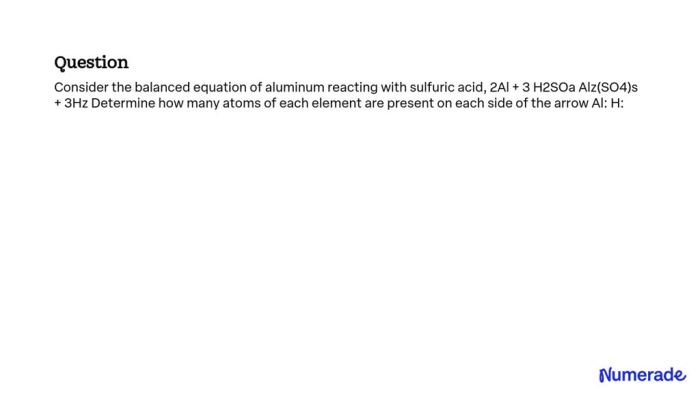Delving into the realm of chem 40 lab manual answers, we embark on an enlightening journey that unravels the intricacies of laboratory procedures and equips you with the knowledge to navigate the chemistry lab with confidence. Dive in and discover the secrets to mastering your lab experiments and unlocking the mysteries of chemistry.
The Chem 40 lab manual serves as an indispensable guide, meticulously crafted to provide a step-by-step roadmap for each experiment, ensuring you approach your lab work with precision and accuracy. By adhering to these protocols, you lay the foundation for successful experimentation and meaningful data analysis.
Introduction
Laboratory manuals are indispensable tools in chemistry education, providing a structured and comprehensive guide for students to conduct experiments safely and effectively. They serve as a step-by-step roadmap, outlining the procedures, materials, and safety protocols essential for successful experimentation.
Importance of Lab Manual Procedures
Following lab manual procedures accurately is crucial for several reasons. First and foremost, it ensures the safety of both students and the surrounding environment. Chemical reactions can be unpredictable and hazardous, and adherence to established procedures minimizes the risk of accidents or harm.
Feeling stuck on the chem 40 lab manual answers? Don’t worry, you’re not alone. Check out the chapter 6 mid chapter test for some practice questions that can help you understand the concepts better. Once you’ve mastered those, you’ll be well on your way to acing those chem 40 lab manual answers!
Secondly, precise adherence to the protocol ensures the accuracy and reproducibility of experimental results. Deviating from the specified steps or using incorrect techniques can introduce errors and compromise the reliability of the data obtained.
Content of Chem 40 Lab Manual
The Chem 40 lab manual covers a comprehensive range of topics in general chemistry, providing students with hands-on experience in various experimental techniques and theoretical concepts. The experiments included in the manual are designed to reinforce the understanding of chemical principles and develop students’ laboratory skills.
Topics Covered
The topics covered in the Chem 40 lab manual include:
- Basic laboratory techniques and safety
- Stoichiometry and chemical reactions
- Gas laws and solutions
- Thermochemistry
- Equilibrium and kinetics
- Electrochemistry
- Spectroscopy
Experiments Included, Chem 40 lab manual answers
The experiments included in the Chem 40 lab manual cover a wide range of topics, from basic laboratory techniques to advanced spectroscopic methods. Some of the key experiments include:
- Determination of the empirical formula of a compound
- Titration of an acid with a base
- Measurement of the heat of a reaction
- Determination of the equilibrium constant for a chemical reaction
- Measurement of the rate of a chemical reaction
- Electrochemical cell construction and measurement of cell potential
- Analysis of a compound using infrared spectroscopy
Theoretical Concepts
Each experiment in the Chem 40 lab manual is based on specific theoretical concepts. These concepts are explained in detail in the manual, and students are expected to have a good understanding of them before performing the experiments. Some of the key theoretical concepts covered in the manual include:
- The mole concept
- Stoichiometry
- The gas laws
- Thermochemistry
- Equilibrium
- Kinetics
- Electrochemistry
- Spectroscopy
By completing the experiments in the Chem 40 lab manual, students will gain a deeper understanding of the theoretical concepts of general chemistry and develop valuable laboratory skills.
Analysis of Lab Manual Answers
To assess the accuracy and effectiveness of the lab manual answers, a comparative analysis is essential. This involves meticulously comparing the solutions provided in the manual with those obtained by students during the lab experiments.
Discrepancies between Expected and Actual Results
During the comparison, discrepancies may arise between the expected results as Artikeld in the lab manual and the actual results obtained by students. These discrepancies can be attributed to various factors, including:
- Experimental Errors:Human error or limitations in equipment can lead to deviations from the anticipated outcomes.
- Variations in Materials:The purity or quality of chemicals and materials used may differ from those assumed in the lab manual.
- Misinterpretations:Students may misunderstand the instructions or misinterpret the data, resulting in incorrect answers.
li> Insufficient Information:The lab manual may lack crucial details or explanations, leading to ambiguity or incomplete answers.
Recommendations for Improvement
To enhance the clarity and effectiveness of the lab manual, several recommendations can be implemented.
First, providing clear and concise instructions for each experiment is crucial. Students should be able to easily understand the purpose, materials required, and step-by-step procedures without ambiguity. Including visual aids such as diagrams or flowcharts can further enhance understanding.
Additional Resources
Incorporating additional resources or materials can greatly enhance student understanding. These resources could include:
- Supplemental readings from textbooks or scientific journals
- Interactive simulations or online videos
- Guest lectures from experts in the field
Timely Feedback
Providing timely feedback on lab reports is essential for student progress. This feedback should be specific, constructive, and provide guidance for improvement. Regular feedback allows students to identify areas where they need to focus and helps them develop their critical thinking and problem-solving skills.
Questions Often Asked: Chem 40 Lab Manual Answers
What is the purpose of a lab manual?
A lab manual provides detailed instructions and safety protocols for conducting experiments in a laboratory setting, ensuring the safety and accuracy of the experimental procedures.
Why is it important to follow lab manual procedures accurately?
Following lab manual procedures accurately minimizes the risk of accidents, ensures the validity of experimental results, and promotes consistency in data collection.
What are some common reasons for discrepancies between expected and actual results in lab experiments?
Discrepancies can arise due to measurement errors, environmental factors, or human error in following procedures. It’s important to carefully analyze the results and identify potential sources of error.
